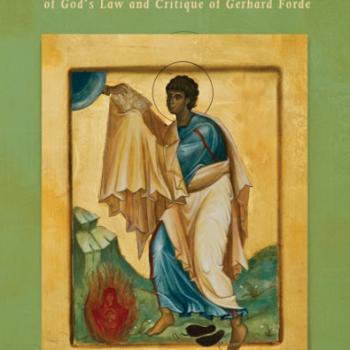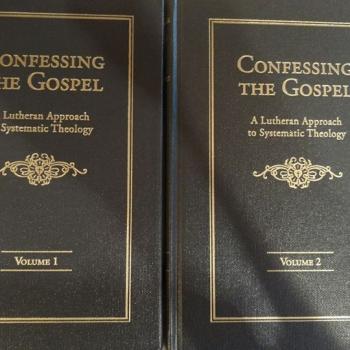Reclaiming Pietism: Retrieving an Evangelical Tradition by Roger E. Olson and Christian T. Collins Winn is a brief introduction and defense of Christian pietism. Throughout this work, Olson and Winn seek to dispel common misconceptions about the pietist movement, such as the common contention that pietism is staunchly legalistic, opposed to social action, and intent on achieving Christian perfection. Olson and Winn argue that pietism is an essential forerunner of the contemporary evangelical tradition, and that the contemporary church would gain much by studying its own pietist heritage.
Perhaps the most helpful part of this book is the authors’ extensive survey of the history of the pietist movement. Olson and Winn begin by examining the forerunners of the pietist movement such as Johann Arndt and Jakob Bohme. They catalog the beginnings of the pietist movement with the publication of Philip Jacob Spener’s Pia Desideria, and its rise through the writings of August Herman Francke and subsequent pietist figures. The authors strictly distinguish between a historic churchly pietism, and radical forms of pietism. They also demonstrate that Zinzendorf and the Moravians are not pietists in the traditional sense, but alter in some important ways the teachings of Spener and Francke. Throughout the historical section, it is apparent that Olson and Winn take a rather negative view of the Protestant scholastic tradition, in which they view pietism as a corrective movement. While there certainly were problems in being overly-intellectual (especially in the pulpit), and in promoting a form of Christianity which does not affect the heart, these problems do not characterize the entire scholastic era. Figures like Johann Gerhard (who is briefly mentioned in the book) and Ernst Loescher recognized such deficiencies, and promoted practical piety from within the scholastic tradition. Olson and Winn seem to pit scholastic theology against practical piety, whereas in figures like Gerhard, these two emphases cohere with one another.
Though a strict confessional Lutheran will not be convinced by all of the arguments, Olson and Winn do succeed in demonstrating that pietism is often portrayed in an inaccurate manner devoid of historical context. The claim that pietism is concerned only with individual salvation, neglecting Christian community and the broader world, is particularly inaccurate. Francke, in particular, fought for social reforms, and was active in caring for orphans in particular. These social implications are systemic throughout the pietist tradition. Olson and Winn also demonstrate that spirituality is not, in pietism, viewed as an individualistic enterprise. The formation of the pietist movement was essentially based around the formation of collegia pietatis, which “were ultimately not just for mutual edification, but for the renewal of the whole church” (44). Pietist spirituality was corporate in nature, and due to the postmillennial leanings of many pietists, this spirituality was hoped to influence society as a whole. One final point that Olson and Winn demonstrate successfully is that the pietists did not hold to Christian perfectionism in the manner that Wesley did. They mention, for example, that Zinzendorf (who himself was quite radical in some ways) departed ways with Wesley over the nature of indwelling sin. Though one might justly make the argument that they pietists overemphasized the importance of sanctification over that of justification, claims of pietist perfectionism are inaccurate.
The most problematic aspects of this book are due to the theological convictions of the authors. Because they are not Lutheran, Olson and Winn fail to discuss the pietists’ views of the sacraments in relation to traditional Lutheran orthodoxy. However, since pietism came from a sacramental background, and that Spener himself continued to defend Luther’s understanding of both Baptism and the Lord’s Supper throughout his life, this is a glaring omission. This likely is due to the authors’ evangelical Arminian convictions which do not hold a strict view of sacramental efficacy. There are also several statements made in passing that the pietists held to something like classical Arminianism and denied the inerrancy of Scripture. Though these characteristics might be true of some pietists, it is unlikely that such were held by those who, like Spener, contended for firm adherence to the Lutheran confessions. Some more evidence should be presented in this regard, or these comments simply seem to betray the authors’ own convictions rather than that of the pietist theologians.
This book is an essential read for anyone interested in the pietist movement. It is helpful for evangelicals in demonstrating the impact of pietism upon the contemporary church, which is too often only associated with Puritanism. This book is also a helpful read for Lutherans, whether in the pietist, scholastic (like myself), or other traditions. It’s historical section is a great overview of the movement for any interested from either a positive or negative perspective, and the work presents many important arguments for the critics of pietism to engage.
The book can be purchased here.











